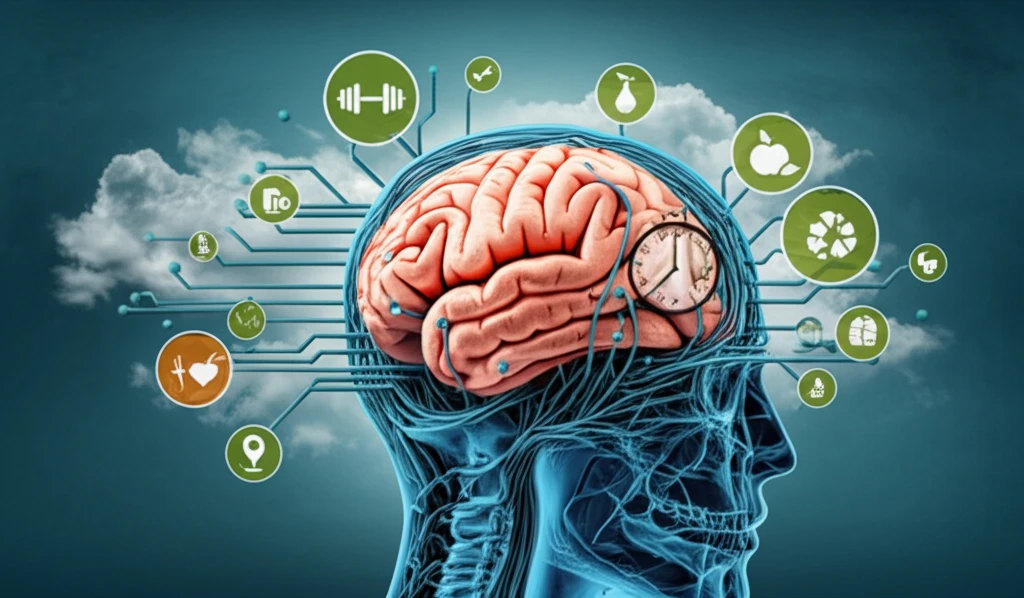
Stroke Prevention and Recovery: New Insights for a Healthier Brain
"Discover the latest advancements in stroke research, from extended treatment windows to lifestyle changes for better brain health and improved recovery."
The year 2018 marked a significant period for stroke research, delivering advancements that are reshaping how we approach prevention and treatment. From extending the critical time windows for intervention to refining the use of medications and devices, the developments hold promise for better outcomes and improved brain health.
One of the most notable achievements was the extension of the treatment window for recanalization therapies. Traditionally limited to 4.5 hours after the onset of stroke symptoms, new research demonstrated successful outcomes with treatments administered up to 16 or even 24 hours post-stroke, or in patients with unknown onset times. These interventions, including thrombectomy and intravenous thrombolytic therapy, are guided by advanced imaging techniques to identify suitable candidates.
These trials used imaging to select patients according to perfusion imaging, acute ischaemic lesion, and mismatch between neurological deficit and infarct volume. Delivering thrombectomy remains problematic in many settings and patients who undergo the procedure without general anaesthetic have better outcomes than those who have a general anaesthetic.
Extending Treatment Windows and Refining Therapies

The breakthrough in extending treatment windows has revolutionized acute stroke care. Clinical trials have shown that recanalization therapy can be effective well beyond the traditional 4.5-hour limit, provided that patients are carefully selected based on advanced imaging criteria. These techniques, such as perfusion imaging and diffusion-weighted MRI, help identify individuals who stand to benefit most from intervention, even when treatment is administered up to 24 hours after the onset of symptoms. This shift has expanded the pool of eligible patients and offers new hope for improved outcomes.
- Recanalisation therapy broke the crucial 4.5 h time barrier.
- Greater benefit of recanalisation therapy than of standard of care therapy, without excess hazard.
- “Time every brain” should be the new maxim.
- Change in licence criteria for intravenous alteplase treatment is long overdue.
The Power of Lifestyle and Future Directions
While medical interventions play a crucial role in stroke management, primary prevention through lifestyle modification remains paramount. The American Heart Association's Life's Simple 7 campaign underscores the importance of diet, exercise, weight control, blood pressure management, blood sugar regulation, cholesterol management, and smoking cessation. Encouragingly, studies show that adopting healthy lifestyle habits can significantly reduce the risk of stroke, even in individuals with genetic predispositions. As research continues to uncover new insights into the complexities of stroke, a holistic approach that combines medical advancements with lifestyle interventions holds the key to promoting long-term brain health and preventing this devastating condition.
